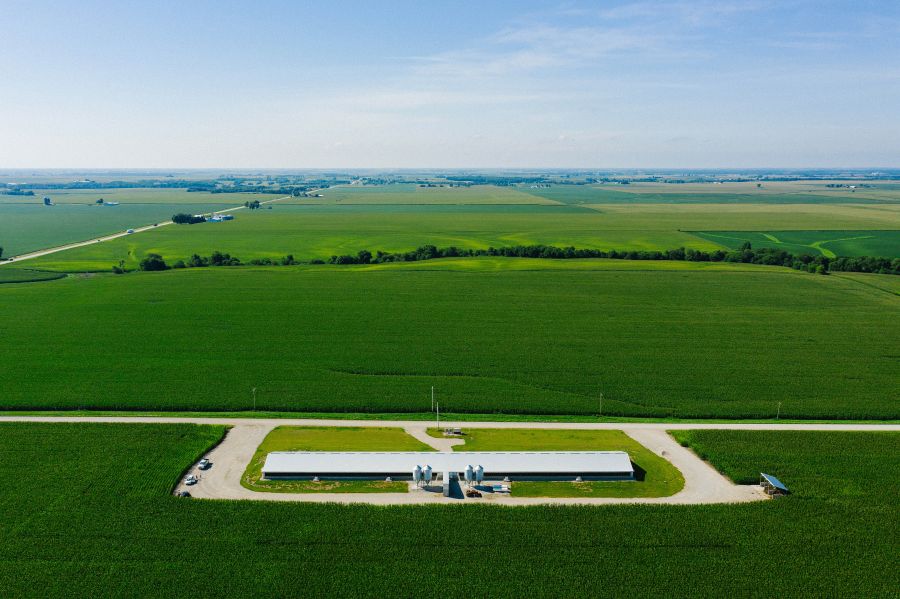Real Farms
Did you know that 96% of farms are family owned? Farms may look a little different these days, but they've only improved from the past.
Real farms, ran by real farmers, with real passion.
Meet the Farmer, Blane Olson
Blane, wife Kristi, and their five children, raise pigs and grow row crops in Logan County. They have a successful purebred Duroc show pig business, as well as a boar stud with Blane's sister and brother-in-law. They recently expanded their family operation by constructing a finishing barn. Watch above to learn more.
Meet the Farmer, Gary Asay
Gary and his wife Barbara are third generation farmers from Henry County. They have 300 crop acres and recently sold their 9,500 head wean-to-finish hog farm to a local next generation farm family. Take a quick tour of the finishing barns in the video above.
Pig Farming Today
Pig farming today may look a little different than you expect because we’ve moved pigs indoors! Our forefathers raised pigs on dirt lots, which most often turned to mud, and were not ideal conditions to raise healthy animals. Over time we have created a better living scenario for our pigs.
Enter – the modern pig barn.
Raising pigs indoors give us the ability to control the temperature, air flow, cleanliness and animal health. We used to fear harsh winters and hot summers. Nowadays we can provide a comfortable “sunny and 75” environment for pigs, year-round. Pigs thrive when they are comfortable and it’s our goal to keep it that way.
As pig farmers continue to raise safe and nutritious pork, they ensure their animals are comfortable and well cared for by selecting the appropriate housing for their sows, or mother pigs. Pig farmers are committed to animal well-being, and they strive to provide the best possible care for their pigs. A big part of this effort lies in providing a safe environment, that leads to the highest standard of well-being.
We are committed to:
-
Providing feed, water and an environment that promotes well-being.
-
Providing proper care, handling and transportation at each stage of life.
-
Protecting pig health and providing appropriate treatment, including veterinary care, when needed.
-
Using approved practices to euthanize, in a timely manner, sick or injured pigs that fail to respond to care and treatment.

